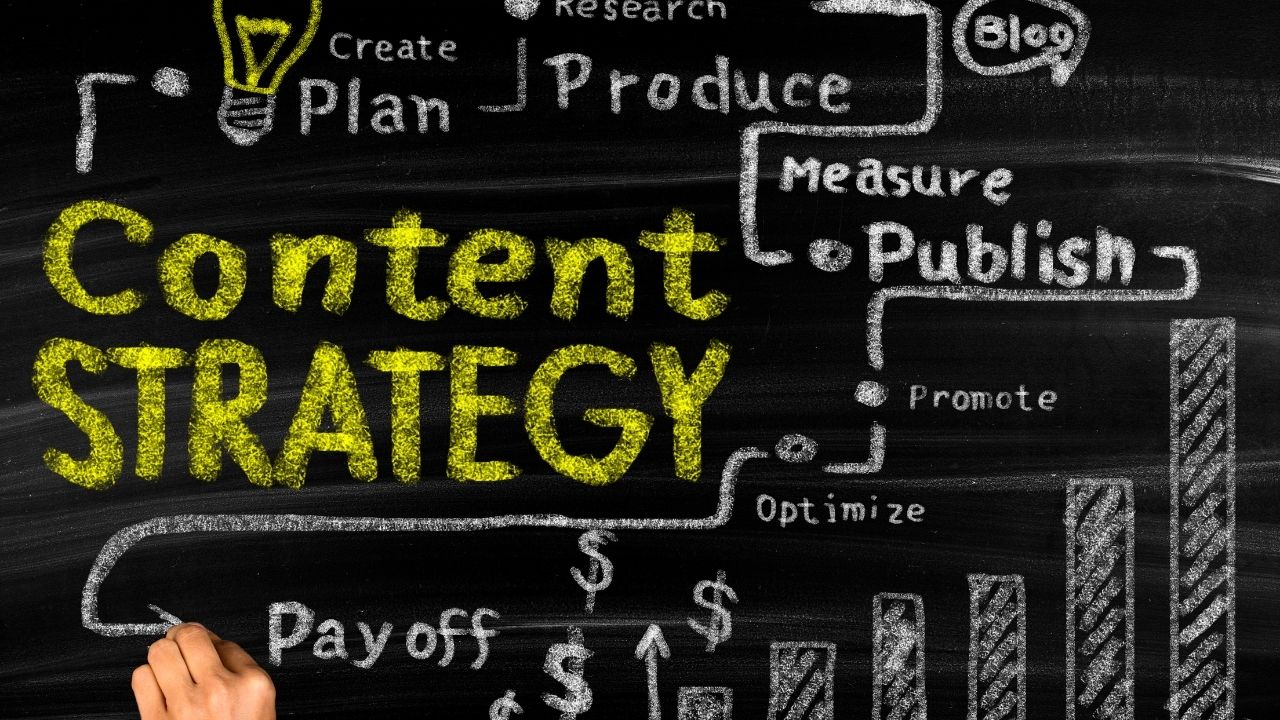
Monitor your competitors, customers, influencers, and industry trends. Your marketing team can use social media analytics to help them decide what content and campaigns work best. It can also help you learn what content isn't resonating with your target audience. In 2015, just 17% integrated customer data within their organizations. It can be difficult to utilize this information to its full potential. Here are some tips on how to make the most out of social media monitoring.
Monitor competitors
Social media monitoring can help you beat your competitors and create marketing strategies your target audience will love. Monitor your competitors' social networks to find out how they communicate with them, how they use social networking, and what they do to make you stand out. Here are some ways to keep an eye on your competitors on social networking:
Subscribe to Sharelov - This free social media monitoring tool will allow you to monitor up to 20 Facebook accounts and 10 Twitter accounts. You will be able to see what your competitors are posting and how their audience reacts. This tool will help you discover new hashtag opportunities that are best for your marketing efforts. Once you have signed up, you can access the Sharelov tool to keep track of your competitors on Facebook and Instagram.
Monitor customers
Social media monitoring is essential for brands to keep pace with changing trends. Recent research shows that 75% US consumers tried new shopping methods in the past year. This is largely due economic factors and personal priorities. Consumers are quick to adjust to new situations and brands that fail to meet these needs will lose customers quickly to their competitors. 75% of brands also don't participate in social media monitoring. Businesses can prevent being disrupted by proactive customer responses and enhance customer loyalty.

Brands can uncover trends and issues in social media by creating a solid strategy for monitoring them. Monitoring customer sentiments on social media allows marketers to monitor the effectiveness of various campaigns and determine which content is generating the most interaction. These tools also allow marketers to see which types of content customers are sharing most often. Website owners can view which posts and pages are receiving the most engagement.
Monitor influencers
You can track the mentions and conversations of your target brand or product to track influencer marketing efforts. You can accomplish this by setting up "Mention alarms", which are keywords that trigger a notification whenever someone talks about your brand. These notifications can be personalized to allow you to receive email or push notifications. Mention's Starter Pack is ideal for small businesses. This plan includes five basic alerts, 5,000 Mentions, 3 users, sentiment analysis, and an influencer dashboard.
While following influencers on social networks is not a top-level marketing strategy for your brand, it does offer a great opportunity to gauge how well your brand is being perceived by potential customers. It's vital to identify those people who are most likely to buy from your brand. These people are likely to have the highest followings on social networks. Engage them in discussions about your brand. It is important to keep track of them for several months or more in order to gauge how they interact.
Monitor industry trends
Monitoring social media can help you monitor industry trends. It can also help you identify emerging consumer sentiments. You can leverage social media to gather valuable consumer data that you can use in your marketing plans. Conversation analysis can be used to uncover new topics and sources. You can begin by categorizing social media conversations based on their content by opinion leader, journalist or practitioner, as well as by union. Next, you can create clusters of data by using keywords. For more detailed analysis, you can use filters to isolate the best data sources and then apply them to your marketing strategies.

When you are aware of what topics are being talked about in your industry, you can begin to create your social media strategy. Social media tools such as Buffer can be used to monitor industry hashtags and major industry influencers. You can also use Buffer to track news sources and Twitter chats. You can also subscribe to feeds such as Feedly to monitor industry news and insights. You can also monitor hashtags used at conferences and follow influential industry figures to stay informed about industry trends.
FAQ
What is strategic content marketing?
Content marketing refers to the art of creating quality content that can be shared across all channels. It is all about giving people what you want. The most successful companies are those who understand this.
Strategic Content Marketing gives you the ability to provide exactly what your clients need at precisely the right time.
You have to know what people care about and listen carefully to find out how they think. You must then create content of high quality that addresses their concerns and solves them problems. This builds trust and loyalty and ensures you are top of mind when they need your product or service.
What is it worth to hire a content strategist for your company?
A lot of agencies and freelancers can offer content creation services for reasonable prices. However, some companies choose to pay more because they value the expertise of the person working on the project.
How does content market work?
Content marketing is successful because it produces valuable, engaging content which provides value.
Building relationships with your audience is possible when you share useful information, solve problems, entertain or engage them. Positive messages from brands you trust are very popular.
It's interesting to read things that interest people. If you write interesting content, readers will continue to return for more.
Your content should drive people to take action - whether buying your product, signing up for your newsletter, visiting your website, or sharing your article via social media.
The key to successful content marketing is to write compelling copy that engages your target market and provides them with the information they want and need.
Statistics
- Forty-seven percent of buyers view 3 to 5 pieces of content before engaging with a sales representative. (mailchimp.com)
- According to our research, 65% of companies with very successful content marketing in 2021 ran content audits at least twice a year. (semrush.com)
- According to our research, brand awareness, attracting traffic, and generating leads remain the key content marketing goals in 2022. (semrush.com)
- Content marketing produces 3X more leads per dollar spent. Content marketing costs 62% less than traditional marketing. (criteo.com)
- Companies that use content marketing see approximately 30% higher growth rates than businesses not using it. (mailchimp.com)
- Seventy-two percent business to business (B2B) (mailchimp.com)
- Out of the 1,500 marketers we surveyed for our State of Content Marketing report, 78% who felt their content marketing strategy was exceptionally effective in 2021 had documented their strategy. (semrush.com)
- According to research compiled by Coschedule: Companies that publish 16+ blog posts a month get as much as 3.5x as much traffic as those that publish 0-4 posts a month. (criteo.com)
External Links
How To
Infographic Creation Tips for Content Marketing
Infographics are a powerful way to simplify complicated concepts, and make information easier to understand. Infographics can be used to communicate your message.
To create an infographic, you will need to use design software like Adobe Illustrator or Photoshop. These programs are great for creating infographics. Once you have your design ready, upload images from Unsplash or Pixabay to add to it.
Check out existing infographics online to get some ideas. To show how many calories certain foods have, you can use a picture of a pyramid to illustrate this. You could also replace the numbers with images of the food. Or you could look at how many sugars are found in soda pop and replace that number with a picture from a Coke bottle.
Once you have created your infographic it is possible to share it via social media channels like Facebook, Twitter and Google+. This helps people who aren't familiar with the concept learn about it. Use hashtags to let others know what infographic you are sharing on social media. Users can follow along with specific conversations using hashtags.
An infographic is a shorter version of a blog post. An average blog post can be anywhere from 2000 to 5000 words long, while an infographic only requires 500 to 1000 words. This means that you can convey more information in a shorter space.
Your infographic should be easy to read for some viewers. Your graphics should be large enough in font size and not rely on too much color. Also, ensure all text is legible.
Here are some other tips.
-
Select an Infographic Template. There are many free templates online. Canva (Piktochart) and Google Slides (Google Slides) are some of the most requested templates.
-
Make your Infographic. Create your infographic using the template. Any media you choose is acceptable for your audience. An example of this is a infographic that shows the best restaurants in Seattle.
-
Add Text. Add text after you've created your infographic.
-
Add Images. Images can be added to your infographic. These images can be charts, graphs, icons, or pictures. You should make sure that the picture you upload is related to your topic.
-
Make It Interactive. Interactive elements can include buttons, maps, or links. This will make it easier for your audience to interact with you.
-
Share. Share your infographic after you're done.
-
Measure. Measure. Did people click through? Are they signing up for your email newsletter? What was their reaction when you showed them your infographic
-
Improve. Is there anything you can do to improve your infographic Are you able to do it better the next time?
-
Repeat. Repeat.